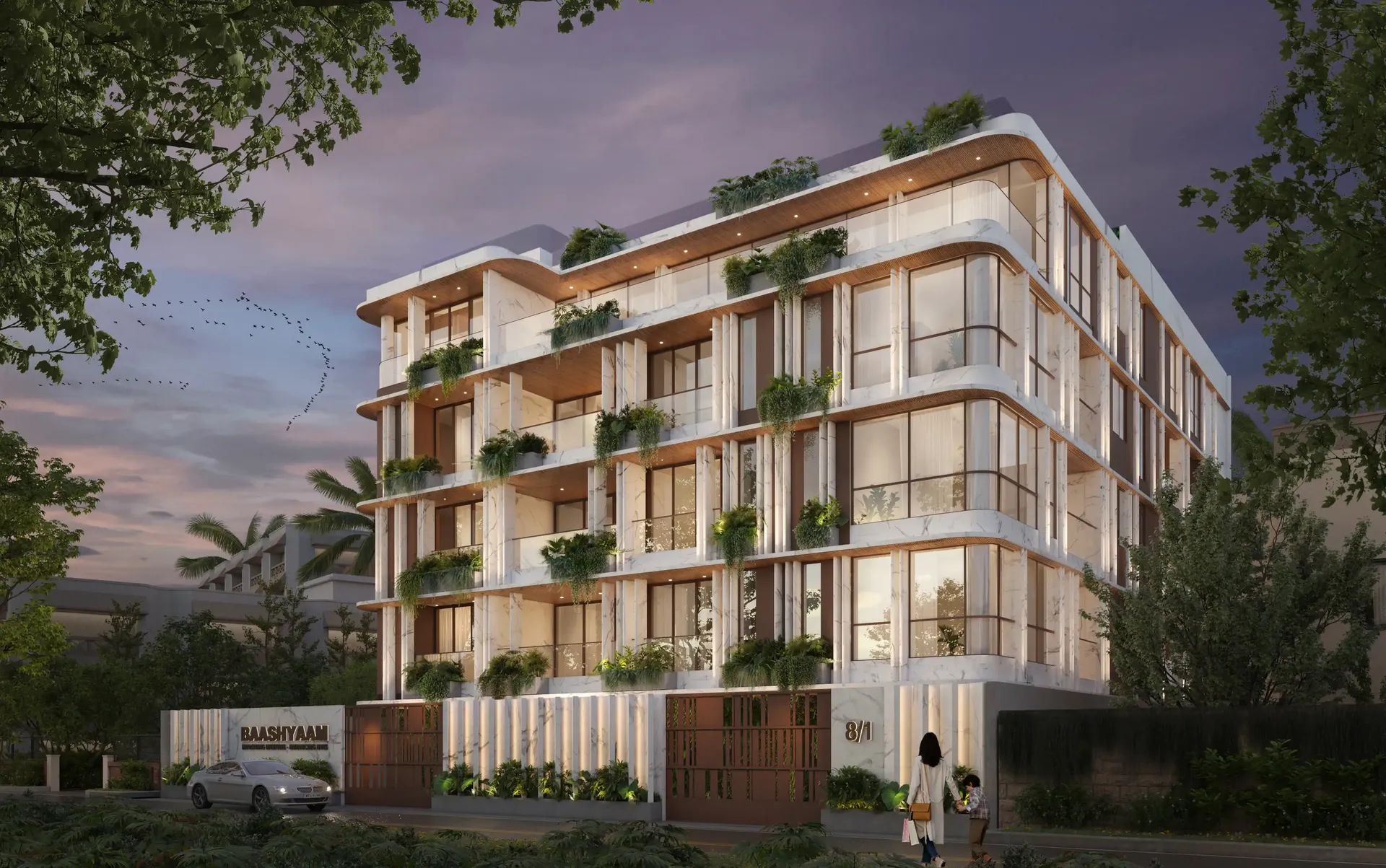Tea Tables for your home
Seen as a sign of exceptional taste in the 17th and 18th centuries, the classic tea table makes a comeback in modern households. Here, we take a look at why you must have one at home, and what kind of designs you can choose from.
Tea was so frequently consumed in England during the early 1600s through the 1760s that it became one of the world’s most popular drinks.
The importance of the tea table which, through its domestic setting in private homes, assisted in making tea and the tea table an almost permanent addition to any home, even in modern times. Seen as a sign of exceptional taste in the 17th and 18th centuries if a household had a tea table, often the centerpiece of the moment to enjoy tea, taller than a coffee table (which had not been created yet), the prominence allowed the china and silverware to take center stage. However, tea tables are more difficult to find as following the Revolutionary War, in America, it was seen as anti-American to enjoy tea. Tea prices began to decline and the tea table became all but obsolete for quite some time until its resurgence in the modern household. But in India, tea has been a staple in our households for as long as we remember.
What Features Sets A Coffee Table Apart From A Tea Table?
The main distinction between a tea table and a coffee table is that a coffee table is a small, rectangular table placed in front of a living room sofa. On the other hand, a tea table is a high, round table that is commonly positioned near a sofa or tables and chairs to serve visitors with a tea-drinking set.
The coffee table gradually evolved from the tea table, which has been used in Europe for centuries. However, unlike traditional round and high tea tables, the coffee table has seen a significant transformation in design.
A coffee table requires a lower base, about 20 inches from the floor, but less than a tea table’s 27 inches in height.Tea tables are typically used to serve tea or other hot beverages to the guests such as espresso, cappuccino, coffee, etc. Coffee tables are used for what they are named for: putting coffee on them.
On the other hand, the contemporary coffee table is frequently stylized for ornamentation or transformed into a functional piece of furniture for usage in a common area such as a television room.
Choosing The Perfect Sized Tea Table
The tea table is usually of such a size that it is higher than a coffee table but lower than a dining table.
The tea table consists of a height between 25 to 27 inches and a knee width between 5 to 6 inches. It works well as a second resting arrangement in a living area. With a few lounge seats or a sofa, you’ve got yourself a fantastic spot for casual meals and discussion
While selecting a tea table, you need to remember:
- The size of your room.
- The size of the sofa or the couch in the living room
- The size of the other pieces of furniture and items in the room where you want to keep your tea table.
- There should be a minimum distance between the furniture in a room to keep enough space.
- By calculating the size of your room and other furniture, you can decide the size of the tea table you would like to keep in your room, just like the coffee table.
The Shape Of A Tea Table:
A tea table is a type of furniture that is used to serve tea and other beverages while they are being consumed. To put it another way, it’s a piece of furniture that’s generally used to brew tea and coffee.
A tea table is usually round-shaped. But in the modern era, many shapes can be found, such as oval-shaped, square-shaped, etc
Tea Table Designs
The Classic
The antique tea table was popular from the late 17th Century right through to the Victorian era. Antique tea tables come in many different forms, from small rectangular to round tilt-top designs with a molded dish top. The most common is the side table style with a swivel top, very similar to the antique card table. Antique tea tables were all about tea presentation because tea was very expensive during the 17th and 18th Centuries and was served whilst guests were visiting.
Having a fine piece of furniture to serve tea on was very important, a statement piece to show your wealth. These antique tables were put in a corner or side of a room when not in use. When needed they were moved into the middle of the room sometimes on castors, for displaying their exotic teas. They would open up to double the size with two thick, figured leaves making a larger serving space, either using a swivel mechanism or by using a gate leg support. Mahogany was the main timber used in the Georgian and Regency periods but other exotic woods were used on more expensive Tea tables like Rosewood or Burr Walnut on Victorian furniture
The Contemporary
Wooden Tea Table:
Wooden furniture is the most popular among other furniture. It is widely used around the world. The features of wooden furniture are –
- A wooden tea table gives a classic look to your house.
- Wooden tea tables are less expensive.
- It has a more classical look to it.
- A dark wood finish gives off a contemporary look.
- If you keep a wooden tea table in your garden, it will give off a very classical look.
- Wooden tables can be messy and fussy about cleaning. You cannot use any cleanser to clean the wooden surface.
Glass Tea Table:
Depending on the shape, a glass-top coffee table with a wooden base can range from earthy to mid-century contemporary to elegant and futuristic. Vivid copper and glass, on the other hand, have a luxurious and elegant sense to them.
Cleaning them is more manageable than other substances. You can have many cleansers available at your arms stretch. Though it is easy to get scratches marks on a glass surface, you can use clothes to cover them to avoid such stuff.
Marble Tea Table:
Tea tables with wooden legs and marbled tops are trendy nowadays. Marbles are materials that give your house a royal look. It enhances the look of your place and rooms even more.
Marbles can give a great look to your retro tea table, but it is more costly than the other tea tables. Cleaning the tables is also fussy. Not all marbled tables have a protective layer on top.
Up Next
Top Construction Innovations That Make Homes Last for Generations
A home is often the most significant investment in a person’s life, and for many, it’s not just about creating a living space for today but building a legacy for tomorrow. The good news is that modern construction has advanced far beyond traditional brick and mortar. Today, innovative materials and techniques are making homes stronger, more sustainable, and more resilient—built not just for decades, but for generations to come.
Discover a Self-Contained World: Inside Chennai’s Most Thoughtfully Planned Township
A self-contained epic lifestyle with smartly curated living experiences — that’s what this momentous development in Koyambedu brings to Chennai’s real estate landscape. Rarely do we see something that truly reimagines aspirational residential living and commercial spaces. For years, large-scale home communities and townships have been defined through a narrow lens. Now, this project from Baashyaam, true to its philosophy of “Improving Lifestyles – Enhancing Lives”, is changing the narrative and setting new benchmarks.





